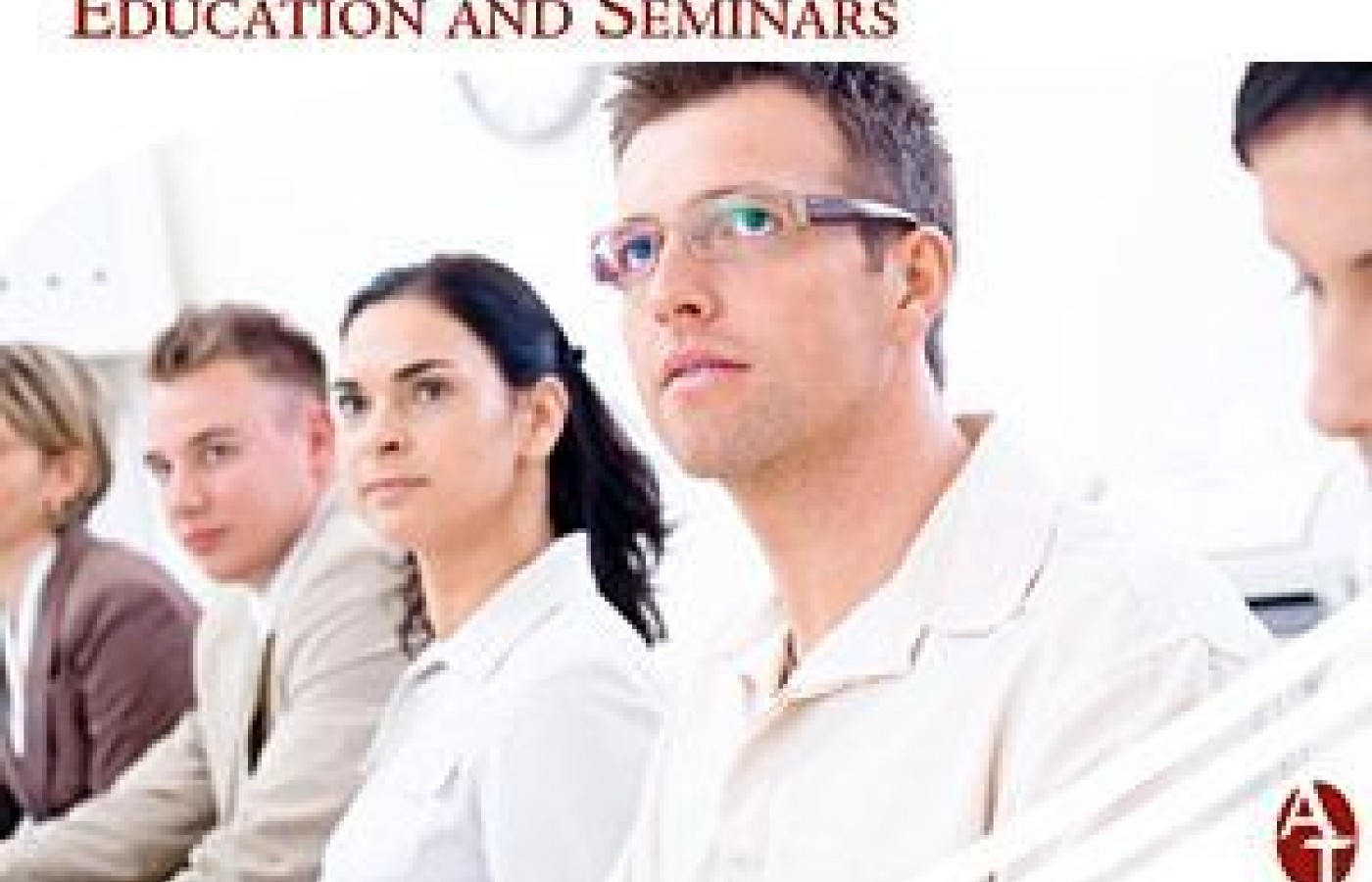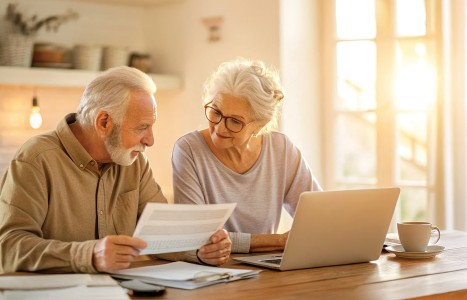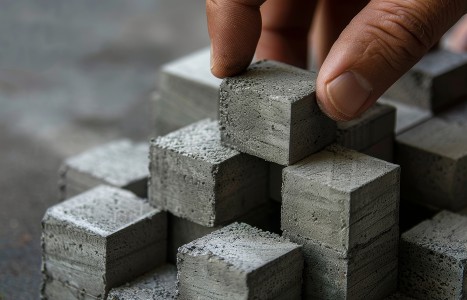Because traditional Chinese medicine (TCM) views the human body as an interconnected network of energy (qi) and seeks to restore balance and harmony, ensuring the smooth flow of qi and blood is crucial to nourish and regulate the reproductive system. TCM treatment aims to regulate menstruation, reduce anovulatory menstruation, help ovulation, improve egg quality, stabilize progesterone, and provide a good endometrium environment for successful implantation and pregnancy.
My Patient, My Teacher and Using "The Four Gates"
After a patient has been "needled" they might say, "I feel a tingle." The acupuncturist likely will respond by saying, "It's normal," and then exit the treatment room. However, this is an opportunity for the acupuncturist to further their understanding of Oriental Medicine beyond the textbooks.
Much is revealed about treatment and Oriental Medical theory (unwritten parts in particular) by 1) training the patient to become energetically aware; 2) asking fine-tuned questions about their experiences; 3) listening to the patient's descriptions and; 4) correlating the descriptions and experiences to Oriental Medicine.
This practice is not typical of practicing Traditional Chinese Medicine (TCM) and is why I refer to how I practice as "Energetic Acupuncture"- TCM acupuncture plus qi gong/tai chi type awareness. I often ask my patients to describe their sensations no matter how strange. And I tell them the stranger the sensation the better. I then attempt to correlate their experiences to TCM theory or other forms of energetic healing to better understand Oriental Medicine and develop treatment techniques.
Training the Patient
Teaching the patient the common tai chi/qi gong energetic healing exercise of feeling the "qi ball" is one way for them to perceive their own qi/energy. Simply stated, the patient relaxes and holds their hands several inches apart and slightly moves their hands toward and away from each other slightly and slowly. Some patients will feel warmth while others will feel a magnet sensation. However, any strange sensation is acceptable.
Lesson #1: The Four Gates- Redistributing Qi
There is a common acupuncture point combination called "The Four Gates" (Liv3 Tai Chong and LI4 He Gu). One point is on the hand and the other is on the foot. This combination often is used to promote general qi circulation and relaxation and often is used as part of a larger acupuncture point prescription.
A few energetically aware patients have had the experience of their entire body rotating clockwise (towards their left) about the area of their solar plexus as the axis and centrifugally (towards their extremities but not head) when this combination is used alone. This experience describes a mechanism of how this point combination works and under which conditions these points work well. Interestingly, the direction of the movement is clockwise and coincides with the natural direction of movement of the chakras. (Indian energy centers along the midline of the body.)
Applications include when there is an imbalance of the body's qi, where there is an excess amount of qi at the center of the body and a deficiency of the extremities. This dynamic is indicated by symptoms such as nausea, headache or stress (emotions stuck at the chest/abdominal region according to TCM) with weakness of limbs.
Lesson #2: The Four Gates and Ren12 (Zhong Wan) - Tonifying and Redistributing Qi.
Ren12 (Zhong Wan) is a point used for a variety of conditions and is located on the midline of the body at the solar plexus region. It often is used to improve digestion and tonify (add qi to the body). When this is the first point used, the patient experienced increasing "heaviness" of the upper abdomen with rapid, shallow breathing. In this situation, the body was absorbing qi via the needled point, but the qi was stuck in the local area, creating a qi stagnation below the diaphragm and thus interfering with breathing.
When the Four Gates were added, the sensation of heaviness was reduced and proper breathing restored. The combination of the Ren12 (Zhong Wan) and The Four Gates created a dynamic where qi was drawn into the body and moved towards the limbs as verified by the restoration of breathing and the sensation of the limbs feeling "heavier and stronger." This sensation moved from the arms and legs towards the hands and feet. Ultimately, the entire body felt stronger and energized. This event illustrates the importance of balancing tonification with redistribution of qi.
Lesson #3: Tonification Point Variation
There are many acupuncture points that tonify the body, but there seems to be occasions where one acupuncture point affects the dynamic of other points in unexpected ways. An energetically aware patient described the rotation sensation of the Four Gates hindered by the use of St 36 (Zu San Li), (located on the leg below the knee) a very commonly used acupuncture point often used to tonify the body. This patient felt their upper body was attempting to move counterclockwise but the legs felt heavy as though "stuck to the table."
Instead, there was a tingling sensation that emanated from St 36 (Zu San Li) along its associated meridian-the Stomach- towards its associated organ -also the stomach- where some audible sounds were heard.
Lesson #4: The Four Gates for the Energy Healer
Once the dynamic of the acupuncture points and their combinations are understood, then it is possible for energy healers to duplicate the dynamic without needles. The energy healer simply holds their hand about two to four inches from the solar plexus of the patient, feels their aura (a technique similar to sensing the qi ball), then slowly moves their hand counterclockwise (respective to the patient) - towards their left, spiraling outward to about 3 feet from the midline of the body. (Beyond this distance the patient will notice a decrease or elimination of sensation.) The result is a balancing comparable to insertion of needles. This technique might fall under the category external qi gong.
The energy healer/acupuncturist might find this technique a useful addition to their practice. The energy healer might add this to the downward sweeping hand movement of general aura cleansing. The acupuncturist might use this as a quick technique in situations where the patient feels off balance after the needles have been removed.
It should not be a surprise that when I finish a treatment, I thank the patient. They might not notice, but I am thanking them for helping me to learn what perhaps the ancient writers might have thought was just common sense.



